
World War II ended, but the battlefields transformed into labs and workshops, sparking incredible tech innovation. The war’s end marked the dawn of the digital revolution. Transistors, once the size of a room, shrank to fit in the palm of your hand. Colossal machines turned into sleek gadgets. Boom! Technology exploded, shaping our modern world in ways unimagined. Buckle up, and let’s dive into this thrilling journey from the rubble of war to the Wi-Fi age.
Tech Innovations During the Immediate Post-War Period (1945-1960s)
In the late 1940s, the U.S. introduced the Marshall Plan, a massive economic aid program to rebuild Europe. This wasn’t just a handout. It was a tech upgrade. Factories buzzed back to life, modernized with new machinery and techniques. Europe transformed almost overnight.
This period wasn’t just about recovery—it was about leapfrogging into the future with cutting-edge technology. However, as Europe leaped into the future, shadows lurked behind this dazzling progress. The very innovations that promised prosperity also carried the seeds of unforeseen consequences. Could this rapid advancement truly heal the scars of war, or did it merely mask deeper wounds?
Technological Breakthroughs
Bright lights flashed. New sounds emerged. Instant answers came. Endless possibilities appeared. Technological progress surged. JFK spoke. Moon landing planned. Color TV debuted. What next? Ready for more?
Invention of the Transistor (1947)
When Bell Labs introduced the transistor in 1947, it was like the Beatles dropping their first album—a seismic shift. This tiny, unassuming gadget replaced vacuum tubes, paving the way for smaller and more efficient electronics. Suddenly, radios fit in your pocket, computers moved from labs to offices, and space exploration leaped forward.
It was the cornerstone of the digital revolution, enabling everything from the internet to smartphones. Without the transistor, your favorite coffee app? Gone. Those hilarious cat videos? Nonexistent. Can you live without them?
Early Computers (ENIAC, UNIVAC)
ENIAC and UNIVAC were the giants of their time, literally. These early computers filled entire rooms and weighed as much as a small house. ENIAC, born in 1945, could perform thousands of calculations per second. Impressive? Definitely, for its time.
Today’s smartphones perform billions per second. UNIVAC, its younger sibling, debuted in 1951 and became the first commercial computer. These pioneering technologies laid the groundwork for the sleek laptops we use today.
Cultural and Social Impact of Tech Innovations

Technology wasn’t just revolutionizing machines; it was revolutionizing minds. The 1950s buzzed with optimism as people marveled at new inventions. But with every innovation came questions and debates. Dive in as we unravel the social and cultural ripples of this tech surge.
Post-War Optimism
After WWII, the world was buzzing with hope and innovation. The economic boom and technological advancements promised a brighter, easier future. This era saw families moving to newly developed suburbs, chasing the American Dream.
Yet, this optimism was tempered by fears of the Cold War and nuclear arms race. Unlike the Industrial Revolution’s unbridled excitement, post-war optimism was more cautious. Movies like ‘The Day the Earth Stood Still’ reflected both fascination and anxiety about technology. The mood was a complex dance of hope and apprehension.
Ethical Considerations of Military Technology
Post-war optimism had a dark side: the ethics of military technology. The atomic bomb dropped on Hiroshima and Nagasaki was a stark reminder of science’s destructive potential. Oppenheimer’s famous lament reflected the deep moral concerns of the time.
The Cold War escalated these fears, with the threat of nuclear war looming over daily life. Films like ‘The Manchurian Candidate’ tapped into these anxieties, blending espionage with psychological manipulation. The ethical debates weren’t just about nukes; biological weapons and surveillance tech were also under scrutiny.
People realized that the same minds creating peacetime innovations were also designing weapons. This era’s technological advances were a double-edged sword, promising both progress and peril.
Key Figures and Stories
During the immediate post-war period, a handful of visionary individuals reshaped the technological landscape. These pioneers were the rockstars of their fields, driving innovations that continue to influence our lives today. Let’s take a closer look at the key figures and their groundbreaking contributions.
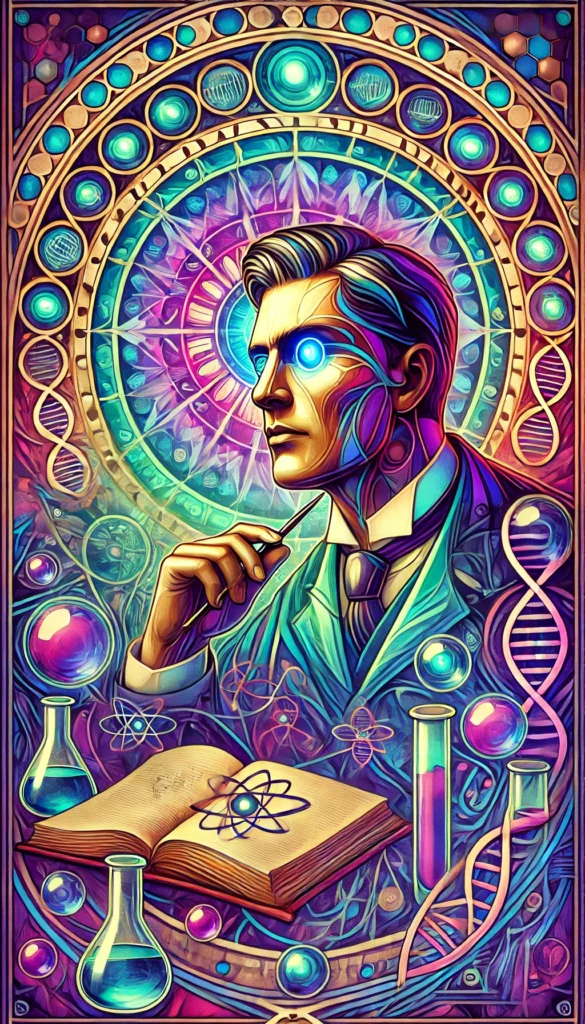
- John Bardeen, William Shockley, and Walter Brattain
- Invented the transistor in 1947 at Bell Labs.
- Revolutionized electronics, paving the way for modern computers and smartphones.
- Their work earned them the Nobel Prize in Physics in 1956.
- Grace Hopper
- Developed the first compiler in the early 1950s.
- Pioneered computer programming, making it more accessible and efficient.
- Often referred to as the “Queen of Code.”
- Jonas Salk
- Developed the polio vaccine in 1955.
- His work virtually eradicated polio, bringing hope to millions.
- Became a cultural icon of scientific progress and humanitarian effort.
- J. Robert Oppenheimer
- Led the Manhattan Project during WWII.
- Later expressed deep ethical concerns about nuclear weapons.
- His story exemplifies the era’s complex relationship with technological advancement.
- Alan Turing
- Known for breaking the Enigma code during WWII.
- Laid the foundations for theoretical computer science and artificial intelligence.
- His life and work inspired the film “The Imitation Game.”
The Rise of Personal Computing (1970s-1980s)
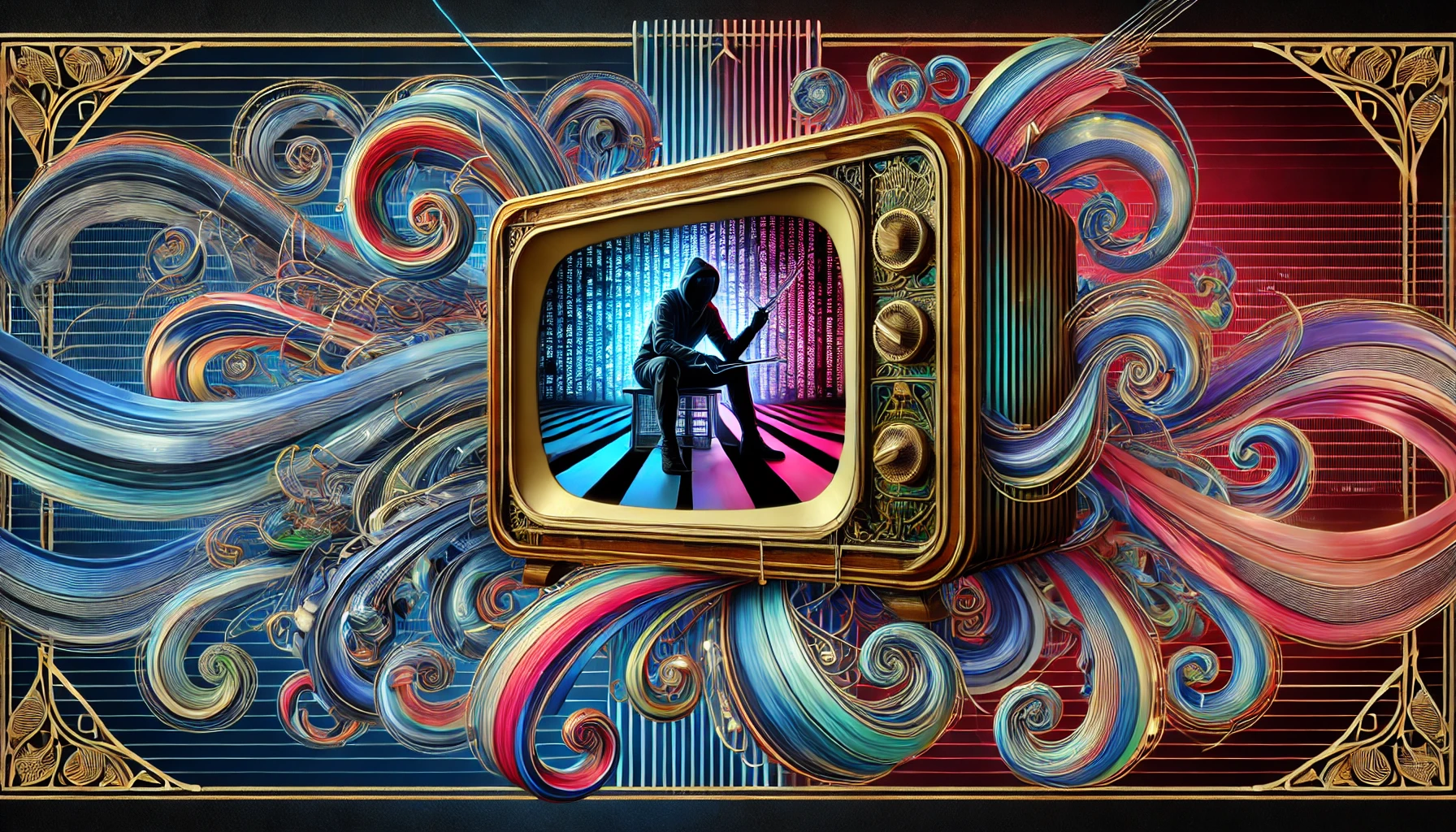
Tiny chips, vast possibilities. The 1970s saw computing shrink to fit on desks. By the 1980s, homes buzzed with tech innovation and digital dreams. Get ready to explore the birth of personal computing.
Steve Jobs and Bill Gates: Pioneers of Personal Computing
Steve Jobs and Bill Gates were the rockstars of the tech world, bringing revolutionary changes to technology. Jobs, with his trademark turtlenecks and visionary zeal, co-founded Apple and introduced the Apple II in 1977.
This sleek, user-friendly machine brought computing into homes, turning science fiction into reality. Meanwhile, Gates, with his geeky charm and relentless drive, co-founded Microsoft. He saw the potential of software and developed MS-DOS, which became the standard operating system for the IBM PC in 1981.
Their rivalry and collaboration fueled an era of rapid innovation. Jobs was the dreamer, Gates the doer. Together, they transformed computers from niche gadgets into essential tools.
The Iconic Launch of the Macintosh and MS-DOS
In 1984, Jobs amazed the world with the Macintosh launch and the iconic ‘1984’ Super Bowl commercial. This bold move highlighted his marketing acumen and innovative vision. Gates, not to be outdone, made Microsoft’s software indispensable to PCs everywhere.
Their rivalry fueled rapid technological advancements, pushing both companies to new heights. Personal computers quickly became cultural symbols of progress. Movies like ‘WarGames’ and ‘Tron’ captured the public’s fascination and fears about the new digital world. Jobs and Gates transcended their roles as tech moguls to become cultural icons.
Personal Computing Revolution in the 1980s
Personal computers became the heart of the home in the 80s. Families gathered around their Apple IIs and IBM PCs, exploring new digital frontiers together. Remember the thrill of playing Space Invaders for the first time? Arcades became the new hangout spots, reflecting society’s fascination with digital entertainment.
‘Pac-Man’ and ‘Donkey Kong’ captivated players with their challenging levels and memorable characters, making them instant classics. Offices transformed, too, with word processors replacing typewriters and spreadsheets replacing ledgers. Did you ever think you’d see the day when a computer would fit on your desk? The excitement over these technological innovations soared, but so did anxiety.
The Impact of Digital Communication
Communication saw a seismic shift as well. The advent of electronic mail started to connect people across the globe instantly. No more waiting for letters to arrive; emails brought immediacy.
Who could forget the first time they heard, ‘You’ve got mail’? Yet, this rapid change wasn’t without its challenges. There were fears of job losses as automation took hold, and not everyone had access to this new technology. Meanwhile, movies like ‘The Terminator’ highlighted the seductive allure and potential dangers of advanced tech.
The film depicted a future where AI and machines, initially designed to assist humanity, became a threat to human existence. The 70s and 80s were a time of dramatic cultural and social transformation, driven by the rise of personal computing.
The Internet and Connectivity Boom (1990s-2000s)
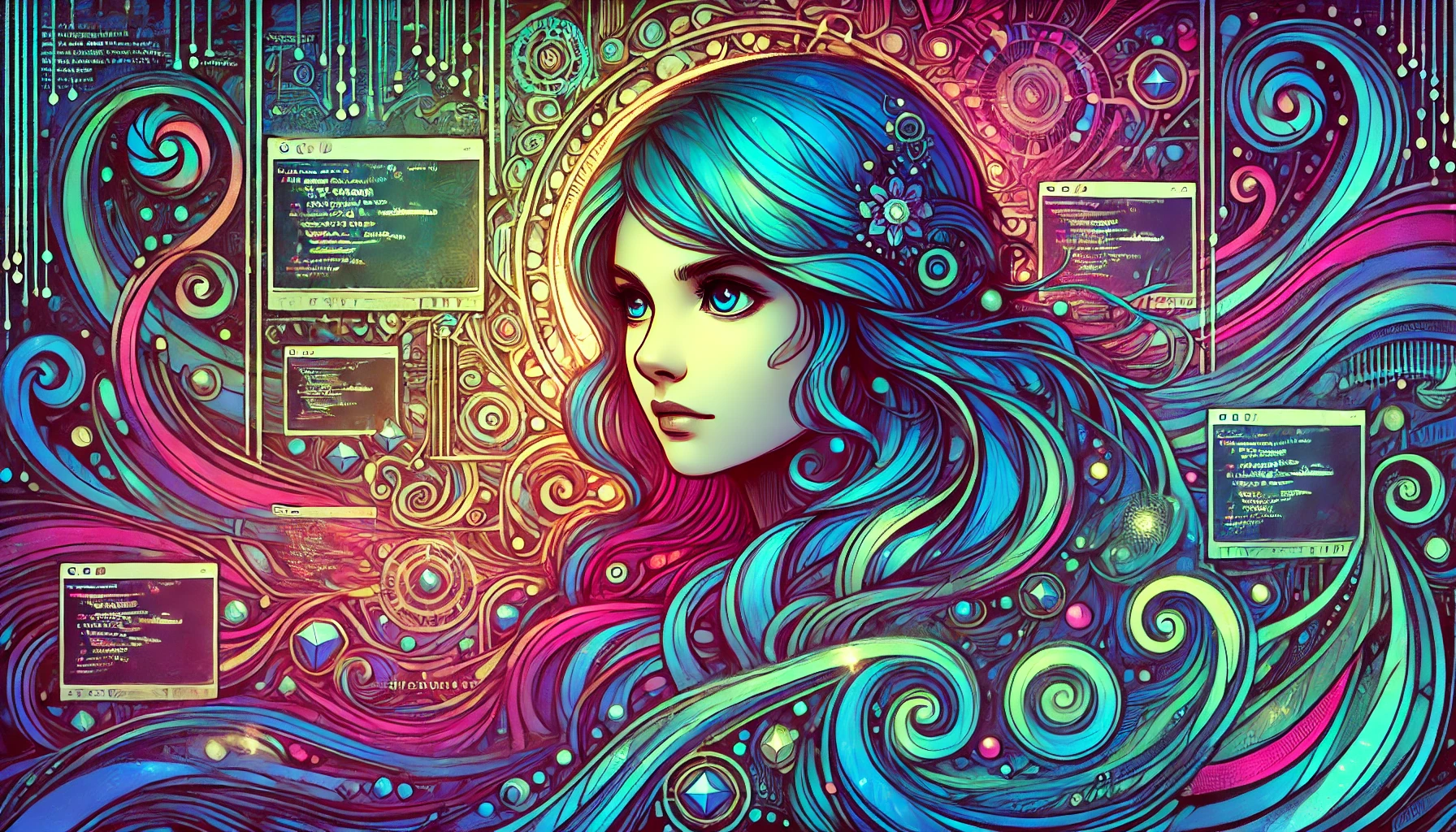
Dial-up tones, digital dreams. The 1990s and 2000s brought the internet into our homes. Email, instant messaging, and search engines transformed communication. Step into the era where connectivity became king.
The Birth of the World Wide Web
Tim Berners-Lee flipped the switch on the World Wide Web in 1989, ushering in a new era of connectivity. The early web felt like a digital Wild West—vast, uncharted, and brimming with potential. Garish Geocities pages were the norm.
Every click brought a sense of discovery. Those chaotic days were filled with endless possibilities and a sense of adventure. Tech enthusiasts were thrilled and overwhelmed. The digital world was taking shape, one pixel at a time.
The Rise of Wi-Fi
In 1997, Wi-Fi burst onto the scene, changing how we accessed the internet. This breakthrough freed us from cables, transforming connectivity into a wireless experience. No more desk-bound surfing.
Cafes, parks, even backyards became new realms of online access. This newfound freedom was exhilarating. The world felt smaller and more connected. Dial-up frustrations became a thing of the past, replaced by the invisible and magical presence of Wi-Fi.
Google’s Impact on Tech Innovation
Larry Page and Sergey Brin launched Google in 1998, and it changed everything. Their search engine, with its innovative algorithms, turned chaos into order. Picture searching for a single book in a gigantic, unorganized library.
Google acted like a helpful librarian, pointing you directly to the right shelf. The frustration of endless searching disappeared. Early search engines often left us frustrated and lost. Google’s efficiency revolutionized our online experience, making searches a breeze.
The Dot-Com Boom and Bust
The late 90s saw a rush of internet startups. It was a digital gold rush, with everyone chasing digital fortunes. Investors poured money into these new ventures, hoping to strike it rich.
Quirky ideas like pets.com skyrocketed, promising to revolutionize pet food delivery. Then, in 2000, the bubble burst. Overnight, many companies vanished, victims of their own overblown hype. Tech optimism had turned to tech oblivion. The frenzy taught hard lessons about speculation and hubris.
Early Social Media Platforms: Digital Pioneers and Their Impact
Early social media platforms like Friendster and MySpace changed how we interact. They were the pioneers, letting us craft online personas and connect with friends. MySpace let us pick profile songs, a feature we all obsessed over.
It felt revolutionary. But not everyone was thrilled. Critics worried about privacy, addiction, and the superficial nature of online friendships. Some warned we were trading real connections for virtual ones. The digital social scene was just beginning, raising questions still relevant today.
The Emergence of Cybersecurity
With the internet came new threats. Cybersecurity became crucial. Early viruses like Melissa wreaked havoc, acting like digital boogeymen. Antivirus software emerged as our hero.
The Y2K scare added to the paranoia, with everyone fearing a digital apocalypse. Companies scrambled to protect their data. Cybersecurity was becoming a top priority, turning us into vigilant guardians of the digital realm. The battle for a secure internet had begun.
Tech Innovation: 1990-2009
- 1991 – Launch of the World Wide Web
- Tim Berners-Lee: Introduced the first website, revolutionizing global communication.
- HTTP and HTML: Established the foundation for web protocols and markup languages.
- Browser Wars: Mosaic and Netscape Navigator made web browsing accessible.
- 1995 – Launch of Windows 95
- Graphical User Interface: Simplified computing for the masses.
- Start Menu and Taskbar: Introduced intuitive navigation features.
- Internet Integration: Included Internet Explorer, increasing web access.
- 1998 – Launch of Google
- PageRank Algorithm: Revolutionized search engine accuracy and relevance.
- Simple Interface: Prioritized user experience and efficiency.
- Rapid Growth: Became the dominant search engine by early 2000s.
- 2001 – Launch of Wikipedia
- Crowdsourced Knowledge: Allowed anyone to contribute and edit content.
- Free Access: Provided a vast amount of information at no cost.
- Rapid Expansion: Became one of the largest and most used reference websites.
- 2007 – Introduction of the iPhone
- Touchscreen Interface: Revolutionized mobile phone design and functionality.
- App Store: Created a new ecosystem for mobile applications.
- Multifunctional Device: Combined phone, internet, and multimedia in one device.
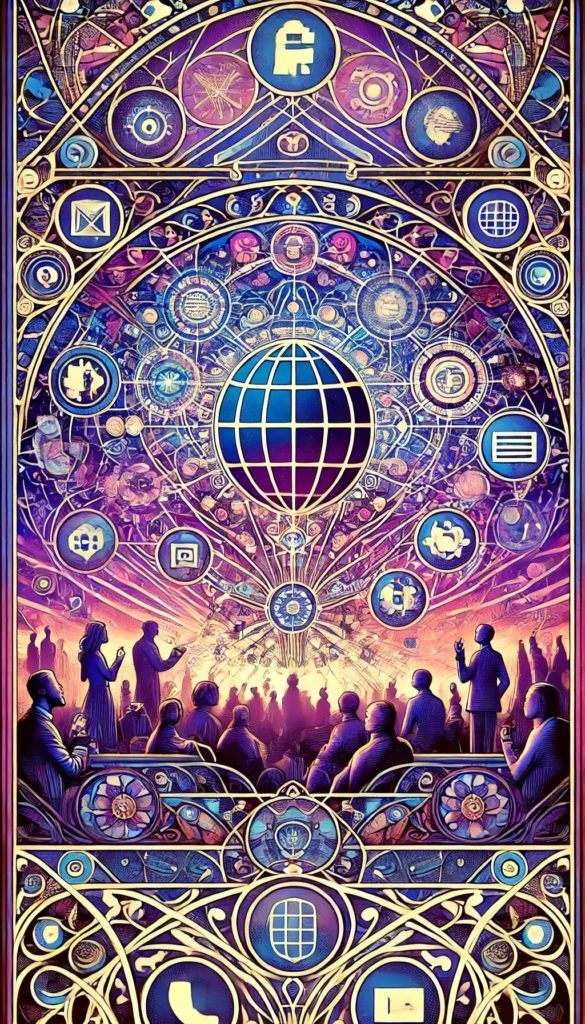
Modern Technology and Its Impact (2010s-Present)
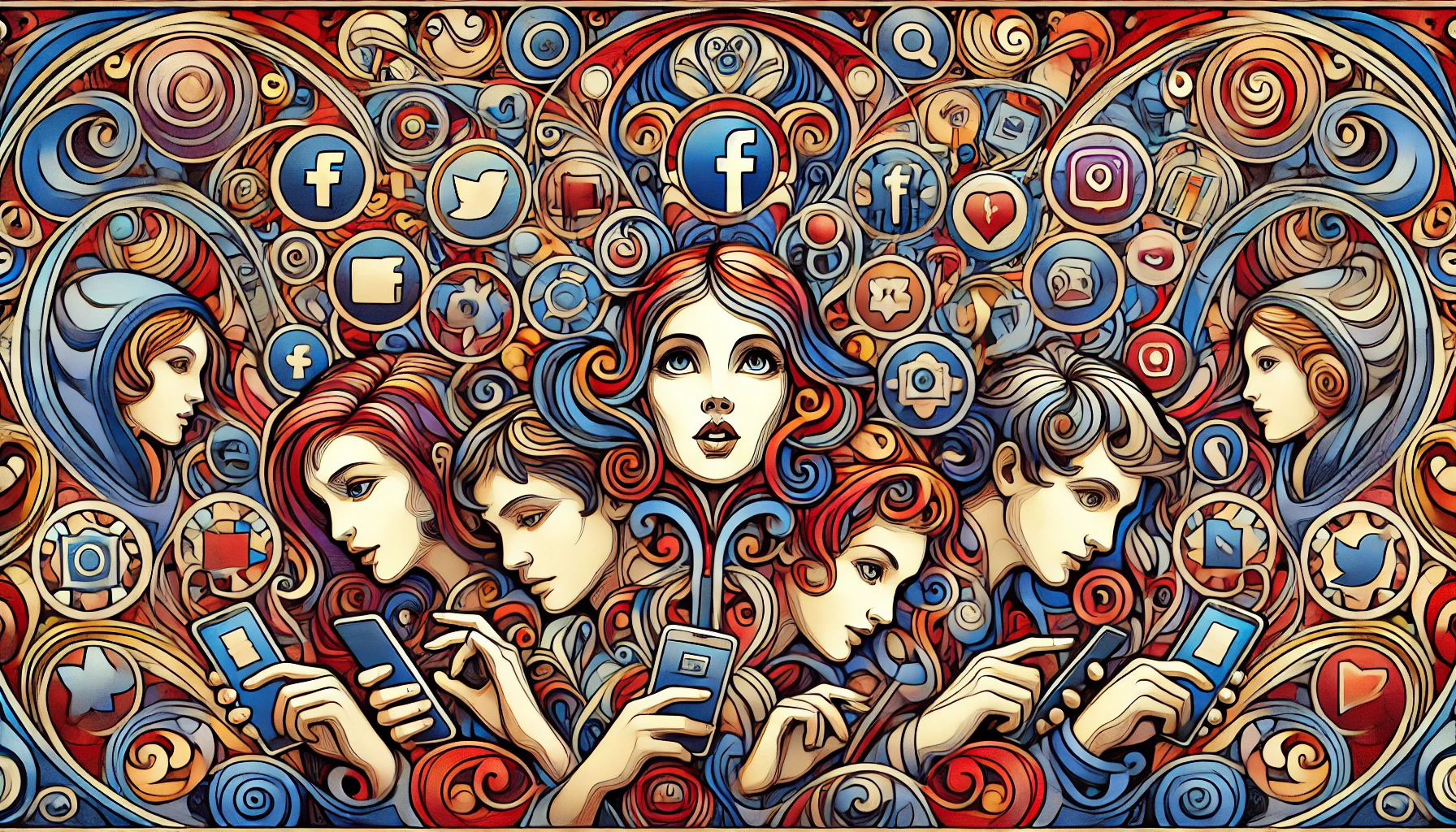
Smartphones in every hand, the world at our fingertips. The 2010s ushered in an era of unparalleled connectivity. Social media reshaped our interactions, while AI redefined our possibilities. Welcome to the age of contemporary technology.
The Smartphone Revolution
In the 2010s, smartphones rapidly evolved from luxury items to essential tools, transforming every aspect of our lives. With their touchscreens, app stores, and mobile internet, these devices became indispensable, merging multiple devices into one. Smartphones are the Swiss Army knives of technology—multifunctional, reliable, and always handy.
These pocket-sized marvels connect us to the world and provide endless possibilities through mobile apps. From fitness trackers like Fitbit to entertainment apps like Netflix, there’s an app for everything. Smartphones are more than gadgets. They’ve changed how we interact with the world. They are indispensable.
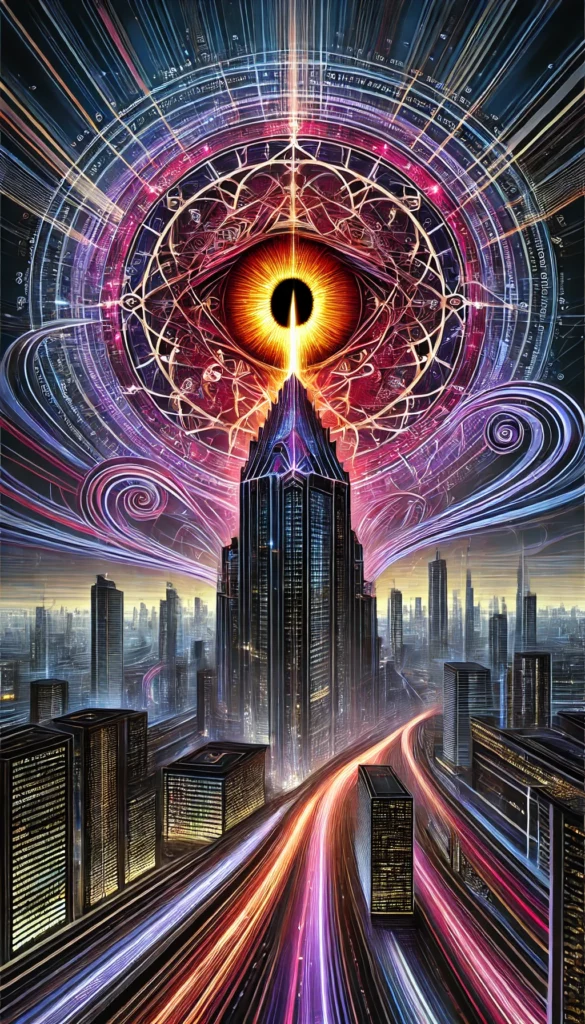
The Impact of Social Media
The rise of social media in the 2010s turned platforms like Facebook, Twitter, and Instagram into everyday essentials. Social media platforms are the modern-day ‘Matrix,’ an interconnected web where everyone is plugged in.
Here, we share updates, market products, and stay informed. But with great power comes great responsibility. Privacy breaches, mental health issues, and fake news are the glitches in this system. Yet, we can’t seem to unplug. Social media has revolutionized our world.
The Rise of AI and Ethical Dilemmas
AI and machine learning have advanced rapidly, transforming industries like healthcare and finance. AI is much like the all-seeing Eye of Sauron from “The Lord of the Rings,” powerful and pervasive.
It can diagnose illnesses, manage investments, and control smart home systems. However, this power comes with ethical dilemmas. Issues like job loss, privacy invasion, and algorithmic bias are serious concerns.
It’s a double-edged sword, offering both incredible benefits and significant risks. The ethical landscape is intricate and often murky. As AI continues to evolve, we must navigate these challenges with wisdom and care.
The Internet of Things (IoT) Revolution: A New Era for Tech Innovation
In 2014, an incredible tech innovation known as the Internet of Things (IoT) began to reshape our lives with the introduction of devices like Amazon Echo and smart thermostats. It was like stepping into a sci-fi movie, where our homes responded to our commands.
This leap in technology extended to wearables, connected cars, and smart cities, making everyday tasks easier. But with this innovation came new challenges. Security breaches and data privacy became hot topics. The IoT turned our homes into high-tech hubs. It’s a blend of futuristic convenience and complex concerns.
The Streaming Service Takeover
When Netflix dropped “House of Cards” in 2013, it felt like the arrival of a new era—like when “Star Wars” hit theaters in 1977. Streaming services suddenly became the go-to for entertainment, offering an endless library of content.
Platforms like Netflix, Hulu, and Amazon Prime gave us the power to watch what we wanted, when we wanted. The days of waiting for a TV show each week? Over. Now, we dive into entire series in one sitting. This transformation has redefined how we engage with media. Streaming is the new king.
Cultural Reactions and Ethical Dilemmas in Modern Technology
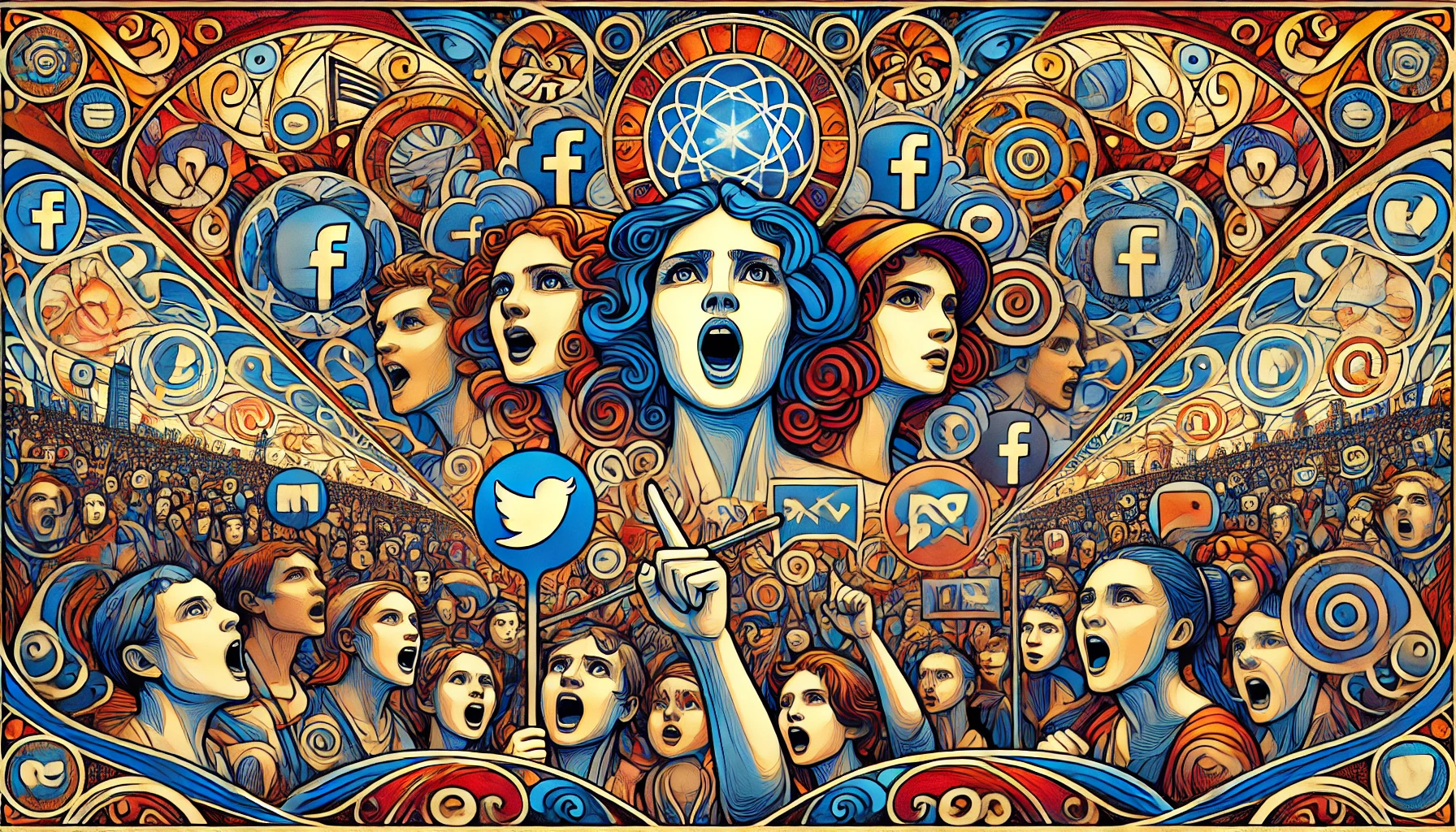
Innovation’s light, shadows cast. The tech journey from WWII to Wi-Fi brought profound cultural shifts. With every breakthrough, ethical considerations emerged. Let’s navigate the moral maze of modern technology.
The Debate Over Data Privacy in the Digital Age
Data privacy took center stage in 2013 when Edward Snowden, a former NSA contractor, revealed the extent of government surveillance programs like PRISM. This revelation was like a plot twist in a John le Carré novel. It exposed the fine line between national security and individual privacy.
Suddenly, the world realized how deeply our digital lives were being monitored. We live in a world where every click, swipe, and like is tracked, where the convenience of connected devices comes with the steep price of our personal information.
This sparked a global debate about the balance between security and privacy, questioning the ethical implications of mass surveillance. Ironically, the more we crave digital interactions, the more we expose ourselves to surveillance. Will we ever draw the line, or have we already surrendered too much in the name of progress?
Social Media and the War on Truth
Social media has become the battleground for the war on truth. Remember the viral debate about whether the dress was blue and black or white and gold in 2015? It highlighted how easily perceptions can differ.
Platforms like Facebook and Twitter amplify these differences, creating echo chambers. The algorithms prioritize engagement, often at the expense of accuracy.
This fosters a climate where misinformation thrives, making it difficult to discern fact from fiction. Are we better informed, or just more confused? As we scroll through our feeds, we must ask: Is truth becoming just another casualty of the digital age?
Ethical Dilemmas of Artificial Intelligence
Artificial intelligence has come a long way since the days of simple algorithms. In 2018, tech innovation took another dark turn as Uber’s self-driving car accident shook the tech world.
This catapulted the intricate ethical debate of autonomous systems to the front stage. It was like watching “Westworld” unfold in real life—machines behaving unpredictably. We’ve entrusted machines with critical tasks, yet we fear their decisions.
Bias in AI algorithms is another pressing issue, reflecting and amplifying societal prejudices. The irony? We strive for objective machines, but they mirror our subjective flaws. As AI grows smarter, are we ready to face the ethical complexities it brings?

The Future of Privacy and Surveillance
We stand on the edge, peering into the digital abyss. Like Prometheus, who stole fire from the gods to empower humanity, have we seized technology only to risk being consumed by it? Every click, every swipe, every like—do they bring us closer or push us further apart?
Orwell’s vision of 1984 warned us of surveillance, yet here we are. Watched. Tracked. Known. Are our digital footprints leading to progress or enslavement?
As facial recognition becomes ubiquitous, will we sacrifice anonymity in public spaces? Can we trust self-driving cars to make ethical decisions in life-and-death situations? Can we reclaim our privacy, or is it lost forever? As we embrace AI, do we shape our destiny or seal our fate? The future beckons, but whose hand will guide it? Ours, or the machine’s?
Extra Resources
Here are some useful links for more research on tech innovation topics
Other posts by me
Cybersecurity History: The Epic Saga
Tech Innovation History Part 1: Industrial Revolution – WWII
Great insights, this website has now become my go- to for easy to access answers concerning tech and cyber.
The history backdrop is rich